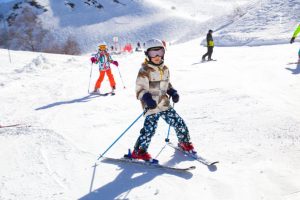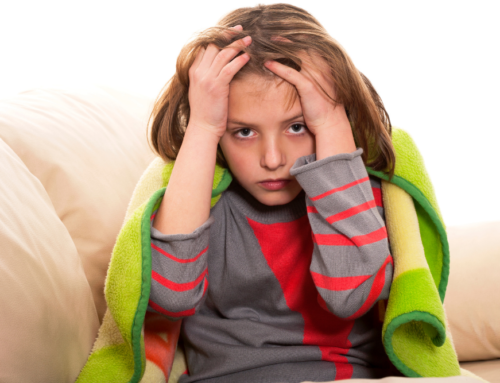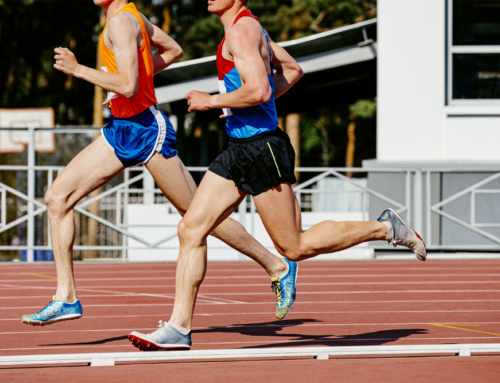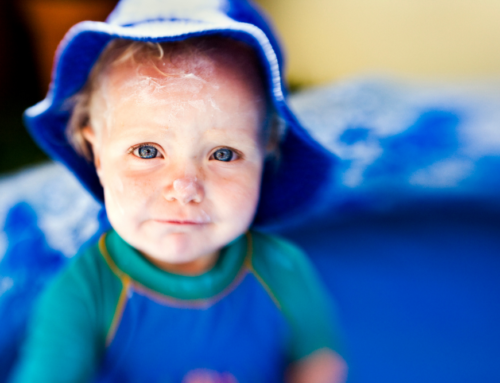
Skiing and snowboarding are great ways for children to get some exercise, test their skills and enjoy Colorado’s alpine splendor. But, as with any sport, these activities can result in injuries if not approached the right way. At our pediatric practice in Thornton, we remind parents and kids to be safe on the slopes.
The Olympic Winter Games in South Korea recently wrapped up, and no doubt children everywhere will be looking to imitate those impressive athletes on the next family ski or snowboard trip. While you surely want to encourage our child’s love of outdoor adventure, it’s important that you enforce key safety precautions. Children should:
- Wear a helmet at all times on the slopes. While it may seem like having a helmet on is only important as you make your way down a run, many injuries occur when a stationary skier or snowboarder is hit by someone else. So, the fact that you have stopped to adjust your equipment or take a breather doesn’t mean it’s safe to take off your helmet.
- Dress in layers. Temperature regulation can be a challenge in a vigorous activity that may be taking place in the frigid cold. Wear layers that you can peel off and stuff in a backpack as needed. Your outer layer should be waterproof and windproof.
- Have a hat handy. When you are safely away from the slopes and can remove your helmet, replace it with a hat to help your body retain heat.
- Apply sunscreen to all exposed skin. Even though it’s winter, the sun’s rays are still strong at altitude and can easily burn your skin. Plus, the risk of sunburn is magnified by the fact that rays reflect off the snow. Be sure to reapply sunscreen regularly.
- Wear wrist guards and knee pads when snowboarding. Especially for those just learning the sport, these pieces of equipment can help prevent or minimize injuries. If you’ve ever caught an edge on a snowboard, you know how forcefully you hit the ground.
- Wear eye protection. Polarized goggles serve two purposes. First, they protect your eyes from things like flying debris and low-hanging tree branches. And second, they block the sun’s harmful rays.
- Ensure that equipment is properly fitted and secured. Coming down the slopes on skis or a snowboard that is too big makes you a danger to yourself and others. Wearing boots that are the wrong size or that aren’t properly fastened can lead to painful blisters and other injuries.
- Consider taking a lesson. The best way to learn about skiing and snowboarding safety is from a certified instructor.
- Stay within their comfort zone. Over time, children are able to tackle steeper and more technical slopes. But it’s important not to rush into a situation that may result in a loss of control and resulting injuries.
- Pay attention to hydration. It’s easy to forget to drink water regularly when you are having fun on the slopes, but dehydration can lead to a wide range of problems from low energy to headaches.
Decrease Your Child’s Risk so Everyone Can Reap the Rewards
Nobody likes to have their time on the slopes cut short by an injury. By insisting that your children follow basic alpine safety practices, you can protect them and ensure that the whole family has a fun and fulfilling day. Of course, even if your family is skiing or snowboarding responsibly, accidents can happen, in which case it is important to fined immediately available assistance.
To schedule a check-up appointment, if you have a question about your children, or are looking for a Denver-area pediatrician and want to learn more about our practice, call us at 303-430-0823.



